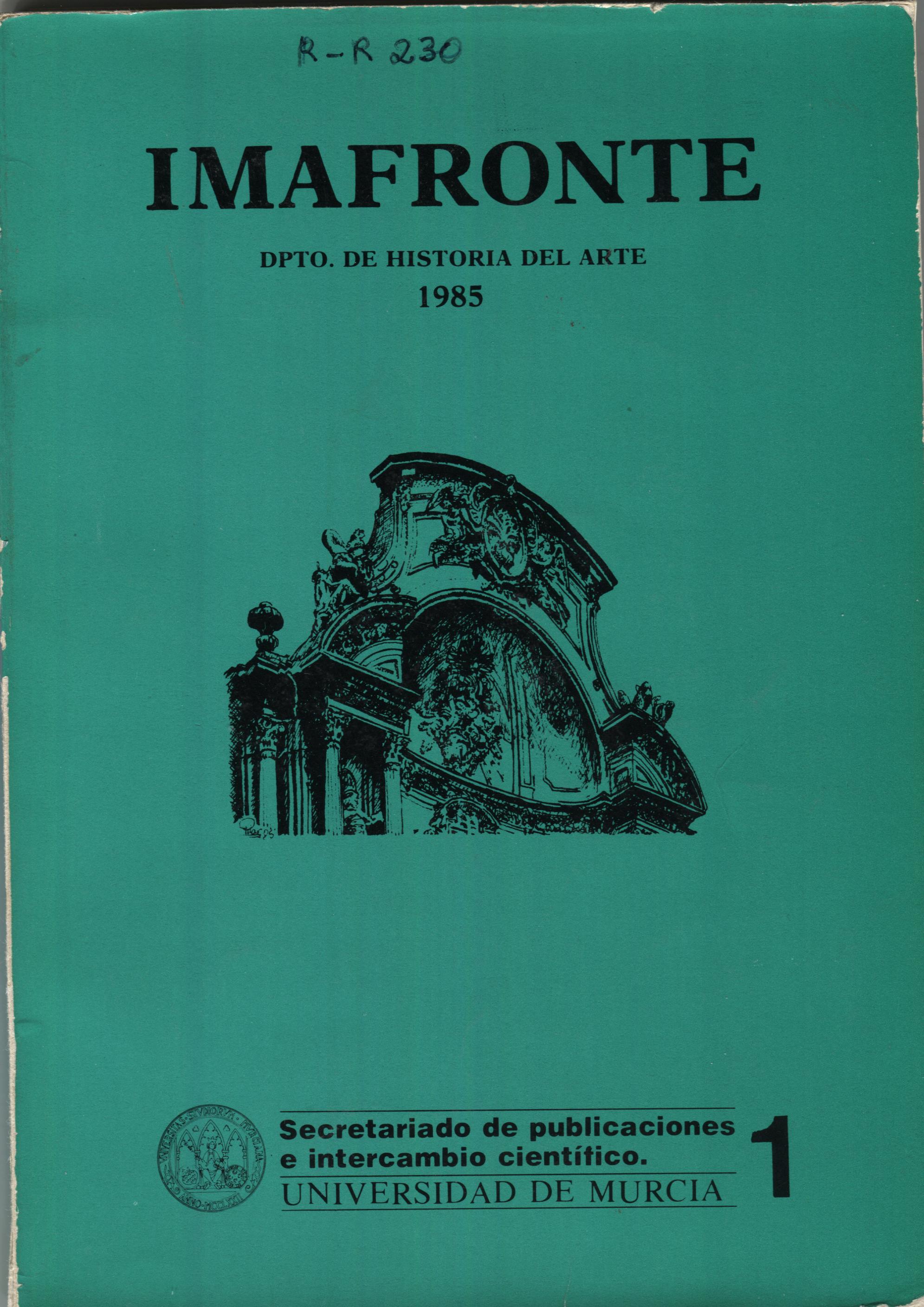DON JUAN VICENTE GUTIÉRREZ DE SALAMANCA FERNÁNDEZ DE CÓRDOBA, ARQUITECTO CORDOBES DE LOS SIGLOS XVIII Y XIX
Resumen
In the second half of the XVlll century the barroque style of architecture was still firmly established in the old kingdom of Córdoba, especially in folk circles, whereas in the capital city of Córdoba itself and in some of the small villages that had been influenced by the Age of Enlightenment, neoclassicism was beginning to take root. One of these such places was the village of Aguilar de la Frontera, where Don Juan Vicente Gutiérrez de Salamanca was working as an architect. Related by marriage to important noble families, and himself a rich landowner, he embodied the learned prototype of that era with his manifest interest for agriculture and other works of public benefit, especially architecture. He had dedicated himself to the latter since his youth, and before reaching the age of thirty he had already planned the construction of the Clock Tower, in a typically baroque style. However, from this flowery architectural style he eventually evolved into a strict neoclassicist, no doubt due to his being a learned man, as various different noble families from the above mentioned village have testified. Nevertheless his crowning work is that of the Plaza de San José (St. Joseph's Square) which. possibly inspired by that of Archidona, constitutes one of the finest examples of an octagonal square closed off in accordance whith the French influences that were fashionable in Spain at that time.Descargas
-
Resumen464
-
PDF167
Las obras que se publican en esta revista están sujetas a los siguientes términos:
1. Los autores ceden de forma no exclusiva a la revista los derechos de explotación (reproducción, distribución, comunicación y transformación).
2. Las obras que se publican en esta revista están sujetas a la licencia Attribution-ShareAlike 4.0 International (CC By SA 4.0). Por lo que se pueden copiar, usar, difundir, transmitir y exponer públicamente, siempre que:
i) se cite la autoría y la fuente original de su publicación (revista, editorial y URL de la obra), permitiendo así su reconocimiento.
ii) se permite remezclar, transfromar o crear a partir del material mientras se mantenga la misma licencia del original.
3. Condiciones de auto-archivo. Se permite y se anima a los autores a difundir electrónicamente las versiones pre-print (versión antes de ser evaluada) y/o post-print (versión evaluada y aceptada para su publicación) de sus obras antes de su publicación, ya que favorece su circulación y difusión más temprana y con ello un posible aumento en su citación y alcance entre la comunidad académica. Color RoMEO: verde.
























